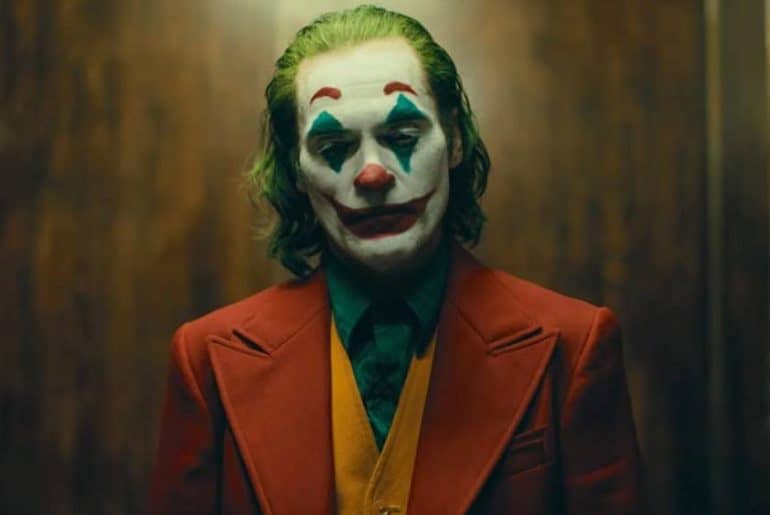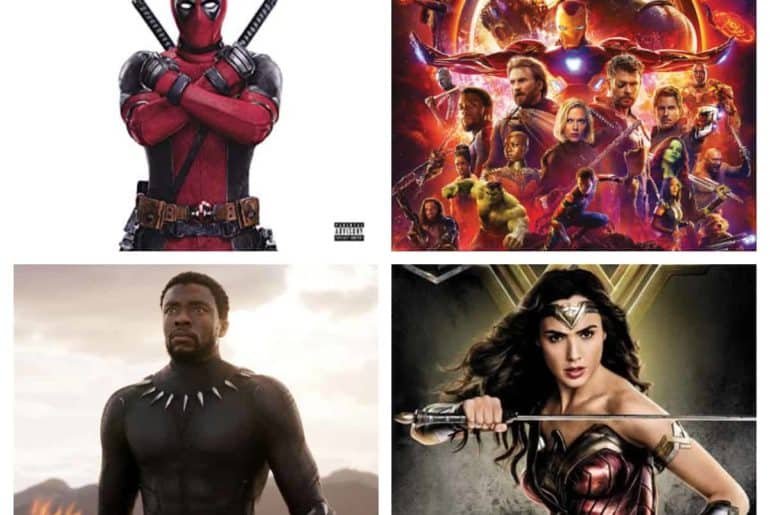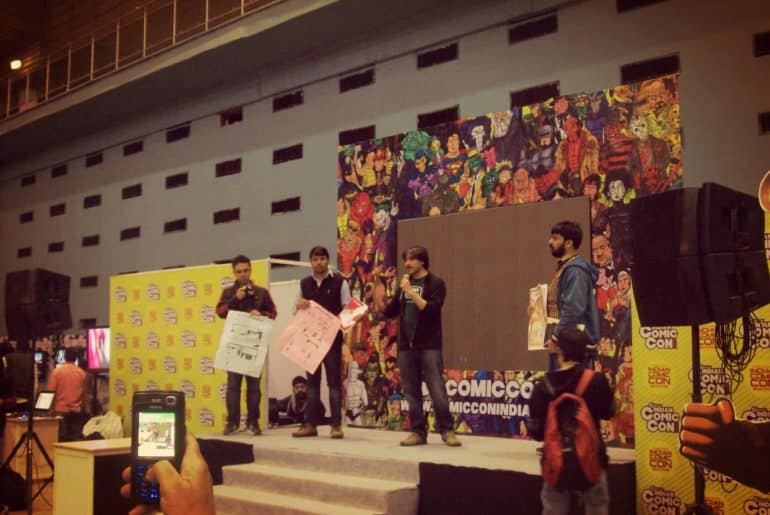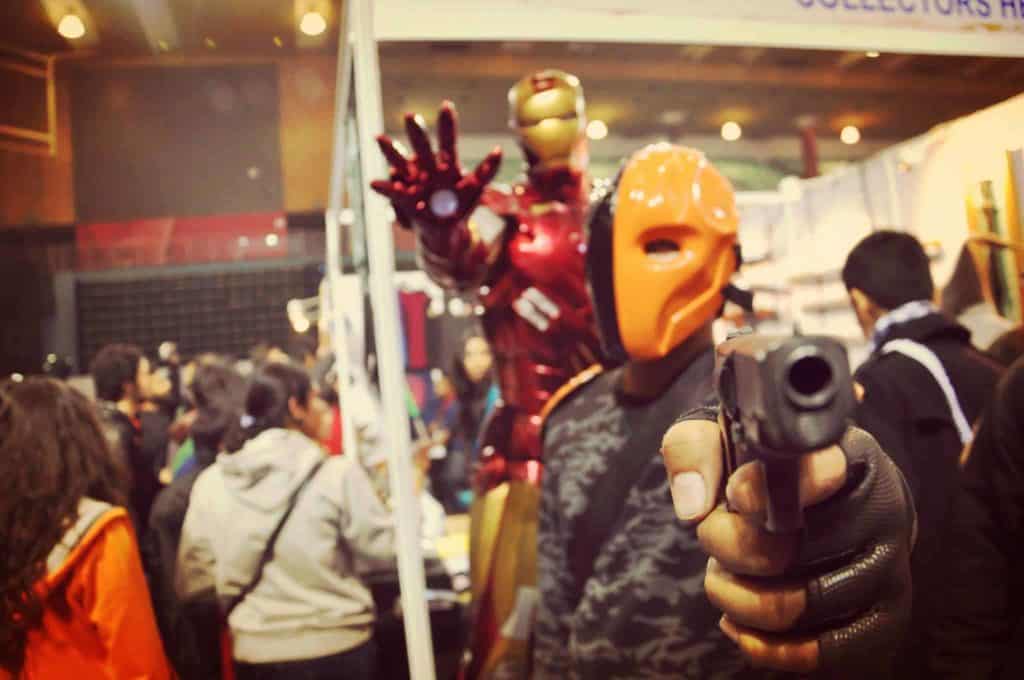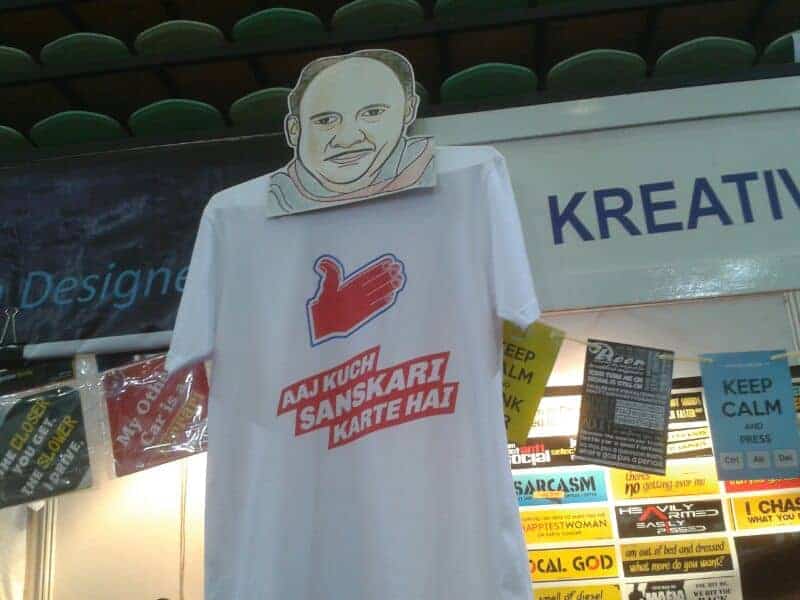A look at the argument that cinema should have trigger warnings after the backlash faced by Todd Phillip’s “Joker”, starring Joaquin Phoenix.
Joker hit Indian movie theatres on October 2nd, to a lot of hype and excitement. The movie has been produced by Warner Brothers and Village Roadshow Pictures. Based on the famous character Joker from the DC Universe, the movie portrayed a very human depiction of his origin story; a major detour from most other comic book movies, due to its overall dark and grisly theme. The movie focuses on themes of loneliness, social isolation, mental illness, and suicidal urges.
The movie is a work of art which can put you through a myriad of emotions, but is it for everyone to watch? There have been concerns over how people would react to the movie because of the themes portrayed in it, with a national theatre chain in the USA going as far as banning face paint, costumes, and masks in all screenings of the films due to fears of violence. People also walked out of theatre because of the intensity of the film, and called for the need of a trigger warning at the beginning of the film about the themes portrayed.
In today’s day and age, it is important to realise how important mental health is. While not taking away from the artistic brilliance of “Joker”, it is important for film makers and artists to realise that certain topics and images can trigger people in a very negative way. Therefore, a warning beforehand is necessary so that those who do not wish to be subjected to things which might affect them negatively, are protected. We are finally living in a day and age where many people have been brave enough to open up about their issues, and where the importance of mental health is finally being realised. This should be translated into our media and entertainment too. While films depicting these issues should not be stopped because they are important, a trigger warning is necessary in various ways.
Prachi Johri, a second year student from Indraprashtha College for Women says “In my opinion, I believe that “Joker” should have a trigger warning in it, because it’s firstly based on mental illness, and can be triggering for a lot of people. So a warning will make sure that people with such problems or triggers will not watch the movie, or bring someone whom they trust with them as a support if anything happens. Secondly, the movie is straight up validating murder and a chaotic movement.”
“Taxi Driver”, an amazing and hard hitting film was released in 1976. Starring Robert De Niro, who also stars in “Joker”, the movie was made around many of the same themes as “Joker”, however it did not have a trigger warning at the beginning. The very fact that this incredibly important conversation has come into play now just shows how society has opened its eyes towards the issue of mental well-being, and the important role it plays in our lives.
Prabhanu Kumar Das

